تواصل معنا
ستيلا

أخبار

Overhead cranes are vital equipment in industrial and commercial settings, like factories, warehouses, and logistics centers. But they also require regular maintenance to ensure safe and efficient operation. Proper maintenance not only guarantees operational safety but also extends overhead cranes’ service life and reduces unexpected downtime.
Neglecting maintenance may lead to costly downtime, abrupt accidents, and even damage to the electric overhead traveling crane (EOT Crane) itself. For this reason, here is a practical maintenance guide to help keep your overhead cranes in top condition.
Start with a daily pre-operation check. Examine the overhead cranes’ appearance for cracks or loose parts. Inspect the wire rope closely and look for fraying, kinks, or excessive wear. Check the brake system to ensure it can stably hold the rated load. Furthermore, test the control system (buttons, switches) to make sure it responds smoothly. Finally, address any abnormal sounds or movements immediately during the test run.
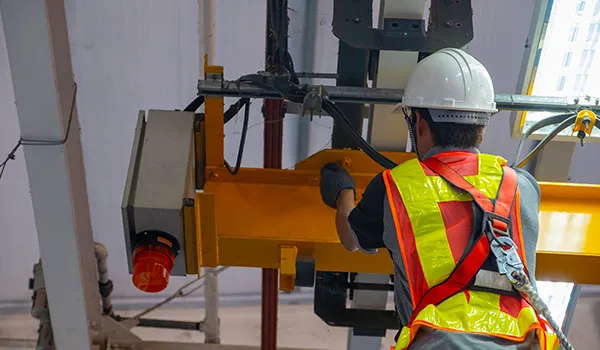
Regular inspections are crucial for identifying potential issues before they become major problems. Look for signs of wear and tear, such as frayed cables, broken or loose components, and damaged paint or coatings. Also, check for any signs of corrosion or rust, which can weaken the structure and reduce its lifespan.
Beyond daily checks, carry out a regular inspection plan to assess components that may exhibit wear over longer periods. Schedule weekly, monthly, quarterly, and annual maintenance.
Wire ropes and hooks are critical for safety. First, replace wire ropes if the number of broken strands exceeds the standard. For hooks, check for cracks or deformation and use a magnetic particle test annually to detect hidden flaws. At the same time, keep the bridge cranes’ rails clean to remove debris regularly to prevent the trolley from jamming.
Additionally, pay close attention to the condition of the trolley and bridge wheels. Regularly inspect the wheel treads for uneven or excessive wear. This wear can affect the movement precision and stability. Check the wheel for cracks or deformation, as damaged flanges may lead to derailment. Ensure proper wheel alignment to prevent abnormal stress on the rails and structure. What is more, inspect the reels for any signs of corrosion, cracks, or damage to the rope grooves. They should be smooth and properly sized to prevent the wire rope from slipping or becoming damaged during operation.
What is more, verify the tightness of all critical bolts, nuts, and fasteners, as vibration during operation can cause them to loosen over time. Inspect the limit switches to ensure they activate reliably, preventing overtravel and potential collisions.Also, check the hoisting motor and gearbox for leaks, unusual noises, or overheating. Because they are underlying mechanical issues that require immediate attention.
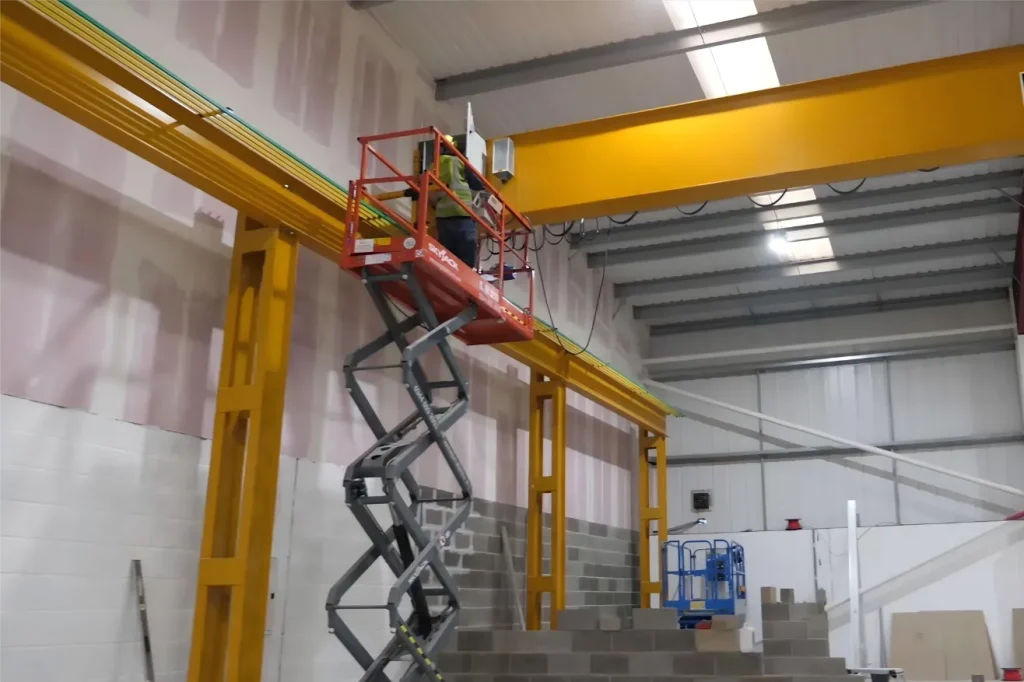
Regularly lubricating overhead cranes’ moving parts is vital for smooth operation and to prevent premature wear. Monthly tasks include lubricating moving parts (gears, bearings) with the right oil to reduce friction. First, use the correct type of lubricant recommended by the manufacturer and apply it according to the specified intervals. Make sure to check the lubrication levels regularly and replace as needed.
Additionally, different moving parts require specific lubrication methods. For gears, apply lubricant evenly across the tooth surfaces, ensuring full coverage to reduce friction during meshing. Bearings should be greased until fresh lubricant is visible at the seals, but avoid over-lubrication and overheating. Pulleys and sheaves need lubrication at their axles and staff should wipe away excess grease to prevent attracting dust and debris.
Before lubricating, clean the parts thoroughly to remove old grease, dirt, and contaminants. Because they could compromise the new lubricant's effectiveness. Pay special attention to hard-to-reach areas prone to insufficient lubrication, such as the trolley's travel mechanism and the hoist's winch gears.
More importantly, adjust lubrication frequency based on operating conditions. Overhead cranes in high-dust environments or with heavy usage may require more frequent lubrication than those in clean, light-duty settings. For those cranes, staff should also clean and inspect exposed electrical connections and junction boxes to prevent corrosion-related failures.
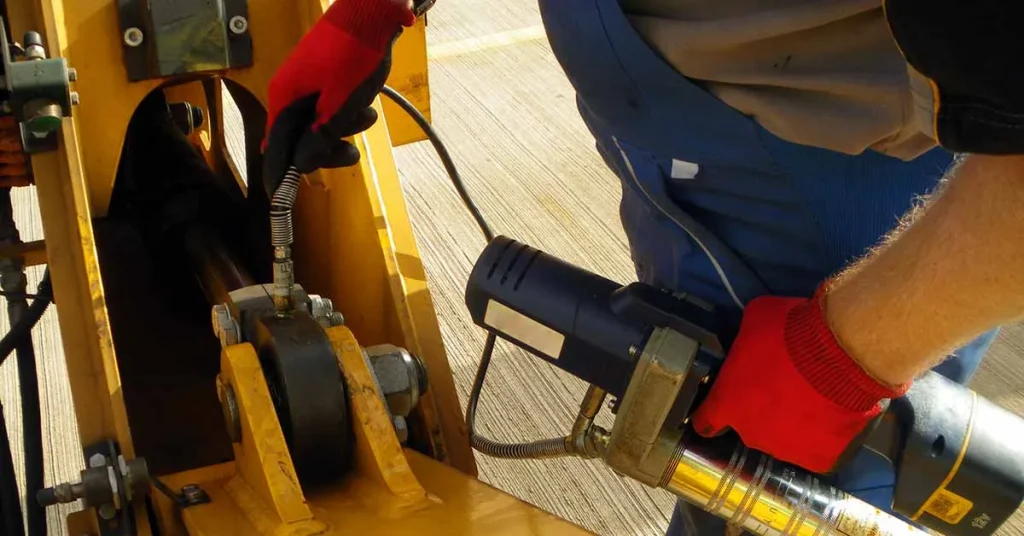
Quarterly checks focus on overhead cranes electrical components: inspect cables for damage, tighten connections, and test the emergency stop function. Staff should check the electrical system of overhead cranes regularly for any signs of damage or malfunction. Check for loose connections, damaged wiring, and overheated components. Make sure to turn off the power before performing any electrical checks and have a qualified electrician inspect the system if necessary.
Test the voltage and current levels of the main power supply, control circuits, and motor windings to ensure they operate within the recommended ranges. This helps prevent overheating or electrical burnout. Examine the contactors, relays, and fuses for signs of arcing, pitting, or corrosion to prevent intermittent operation and complete electrical failure. For variable frequency drives (VFDs) commonly used in modern cranes, check for error codes, clean ventilation filters, and verify that cooling fans are functioning properly to maintain optimal performance and prevent overheating.
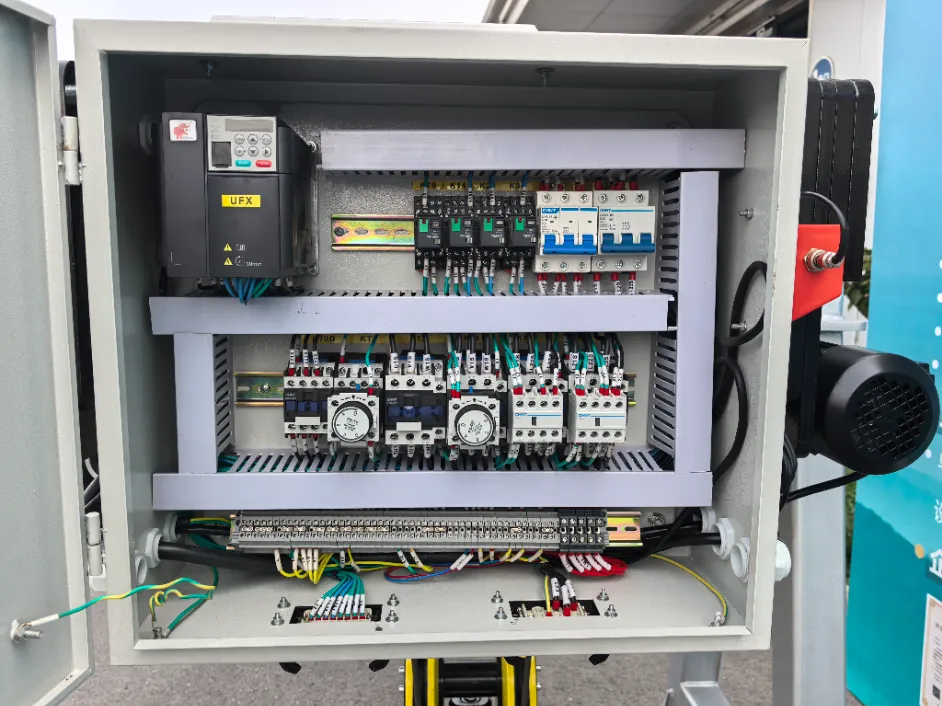
Annual maintenance requires a thorough overhaul—check the structural integrity of the bridge and trolley, calibrate load sensors, and replace worn parts like brake pads.
Load testing is essential to ensure that the crane can safely handle its intended load. Annual maintenance is the most comprehensive inspection, often requiring collaboration with certified crane technicians or engineers. Make sure to follow the manufacturer's guidelines for load testing and document any findings or repairs made.
This includes load testing overhead cranes with a calibrated test weight equal to 125% of the rated capacity (as specified by safety regulations). The aim is to verify the structural integrity of the crane, hoist, and braking systems under stress. Calibrate all safety devices, such as overload protectors, limit switches, and emergency stop systems, to ensure they trigger accurately and reliably.
Additionally, review and test the crane’s operation with the latest safety standards, updating any components or procedures that no longer meet regulatory requirements, such as outdated control panels or insufficient warning systems.
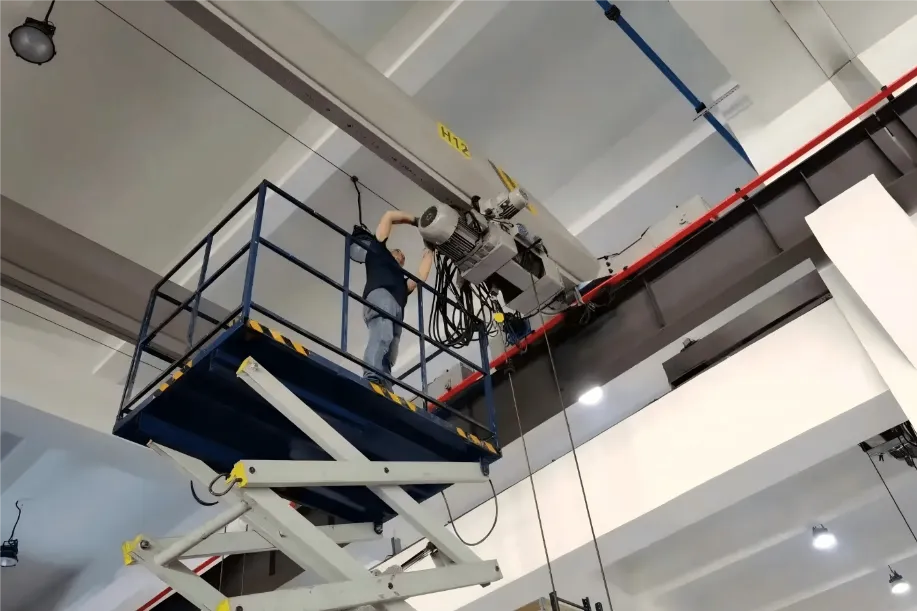
Documenting detailed records of all maintenance tasks is crucial for compliance with safety regulations and for future reference. Make sure to document all inspections, repairs, and load tests, including the date, who performed the task, and any findings or actions taken. Users should not only record routine maintenance tasks but also unexpected repairs, component replacements, and adjustments made.
For each inspection, document specific details such as critical components conditions (e.g., wire rope wear percentage, hook deformation status), test results (like load test outcomes or electrical system voltage readings), and any deviations from normal operating parameters. More importantly, record the calibration of safety devices, such as limit switches and overload protectors, including the date of calibration and the technician responsible. Additionally, maintain a log of all lubrication activities, the type of lubricant used, application locations, and intervals. These records can help maintenance teams to identify recurring issues, predict potential failures, and plan preventive maintenance more effectively.
They also play a vital role in audits, inspections by regulatory authorities, and insurance claims, providing concrete evidence of compliance with safety standards and proactive maintenance practices. Store these documents in a secure, easily accessible location, in both physical and digital formats. This can ensure durability and quick retrieval when needed.
Regularly review and update the records to reflect the overhead cranes' current condition and maintenance status. The ongoing documentation is key to extending service life and ensuring operational safety.

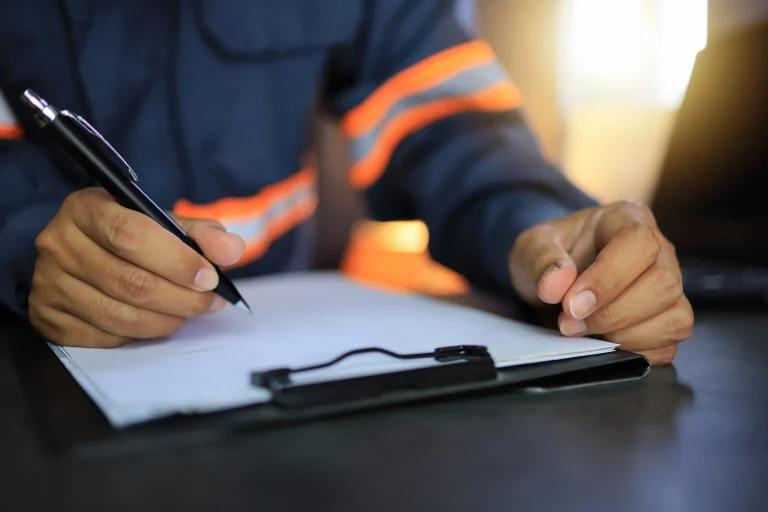
Regular training for operators and maintenance staff is essential to ensure they are aware of the proper use and maintenance of the overhead cranes. Even the best maintenance plan fails without skilled operators. Train staff to learn inspection procedures, recognize warning signs, and follow safe operating procedures. The purpose is to make them know how to perform inspections, and handle any issues that may arise. Most importantly, ensure only certified technicians handle complex repairs.
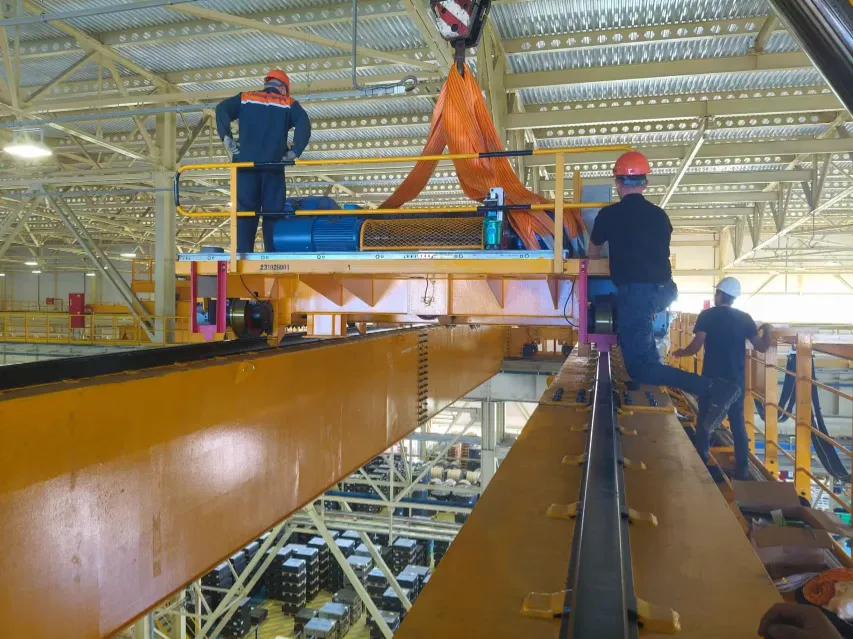
In conclusion, regular maintenance of your overhead cranes is essential for ensuring safe and efficient operation. By following this guide, you can prevent costly downtime, minimize accidents, lower repair costs, and keep your overhead crane running more efficiently. Please remember, maintenance is not a one-time task but a continuous commitment to safety and productivity.
Whether you are our customers or not, Dafang Crane is happy to provide you with our Q&A service. If you have any questions, feel free to contact our technician team.

